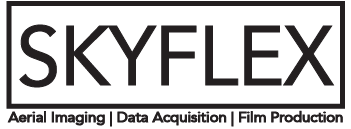The building’s envelope is the first line of defense to the integrity of the asset. Inspection schedules will vary depending upon jurisdiction, it is generally recommended that inspection of a building’s roof be performed at least annually or after extreme weather events.
A planned, frequent, efficient and safe aerial inspection program of roof or façade reduce both cost and risk over the lifecycle of the building. The deterioration that is identified early can be rectified early, at lower cost and before a catastrophe.
